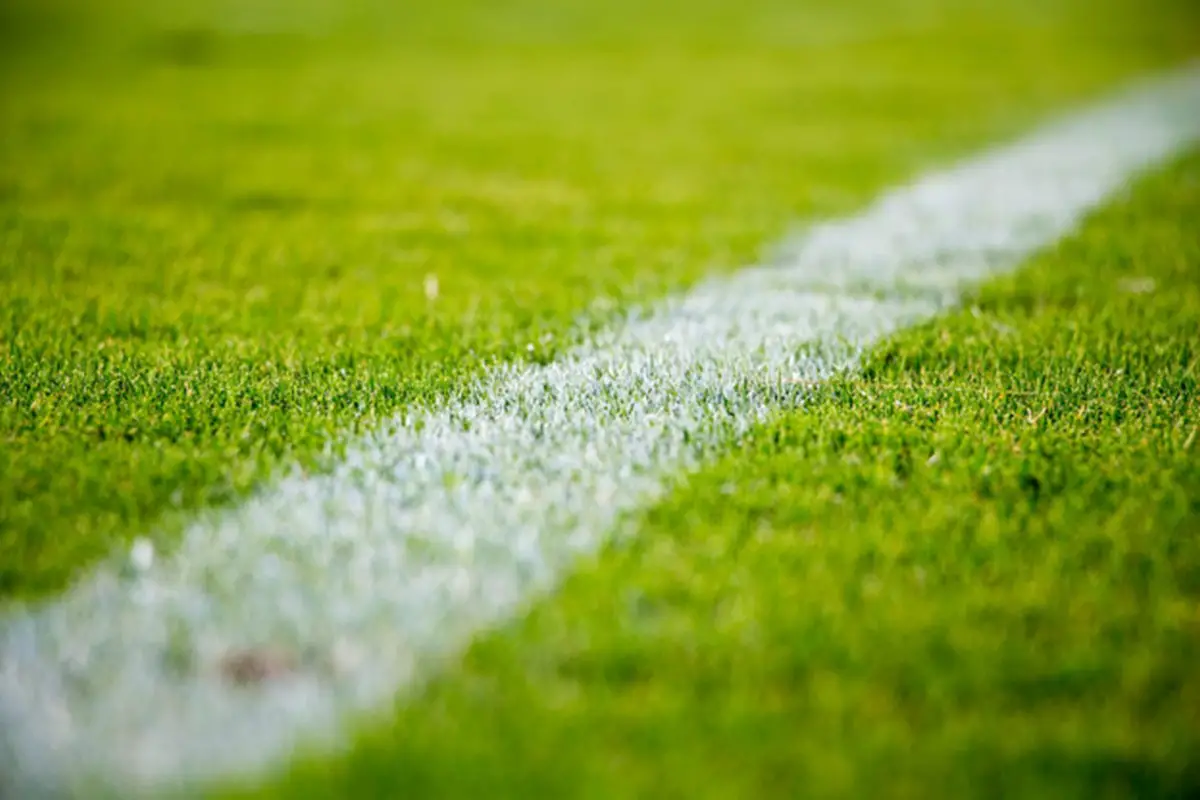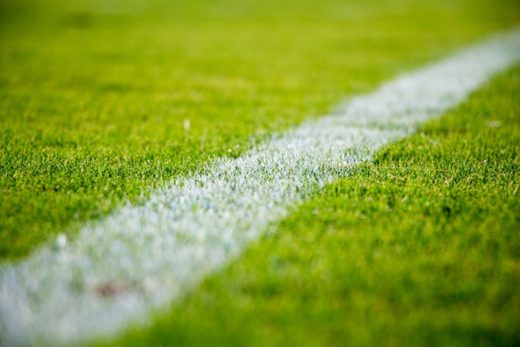What to know before installing artificial turf, property artificial lawn, American house garden tips, Astro landscape ideas
What to Know Before Installing Artificial Turf
2 May 2024
Artificial turf isn’t just for athletic fields anymore. Schools, universities, municipalities, and more now recognize the myriad benefits this innovative surface offers.
For instance, it can contribute to water conservation (due to it not requiring watering like traditional turf) – which is an invaluable asset as environmental sustainability becomes increasingly urgent.
Furthermore, artificial turf contributes substantially toward LEED credits, aiding in achieving green building certification goals. It also plays a significant role in safety by reducing the risk of injury compared to traditional grass surfaces.
If you’re considering using artificial turf for your next project (and you really should!), make sure you’re first aware of the following things before you begin installing.
You Need to Choose the Right Turf for Your Needs
Selecting the appropriate artificial turf requires careful consideration. Different uses and locations might require distinct types of turf, each with unique features:
- Pile Height. Sports facilities may favour shorter blades for better ball control, while landscaping areas might opt for longer blades for a natural look.
- Density and Infill. High-traffic areas need denser turf to withstand wear. The choice of infill materials like rubber or sand affects cushioning and drainage.
- UV Resistance. Ensure the turf has adequate UV protection to prevent fading from sun exposure.
This tailored approach ensures that your artificial turf performs optimally in its specific environment.
Make Sure You Understand the Base Preparation
Before you tackle the artificial turf construction, you must prepare the base properly. The process typically involves removing any existing grass and a few inches of soil, followed by adding a layer of crushed rock or gravel. This layer must be compacted and levelled perfectly to ensure stability and drainage.
Subpar base work can lead to uneven surfaces that pose tripping hazards and poor water drainage, which undermines one of the key benefits of artificial turf: its ability to handle all weather conditions without turning muddy.
Thus, spending adequate time on getting this foundational step right is essential for long-term satisfaction with your artificial turf installation.
Ensure You Consider the Maintenance Requirements
Although artificial turf is often celebrated for its low maintenance, some upkeep is necessary to maximise its lifespan and appearance.
Here are a few maintenance actions that are essential:
- Regular Cleaning. Remove debris and dust with a leaf blower or a gentle rinse with a hose.
- Periodically use a stiff-bristled brush to keep fibres upright and prevent matting.
- Checking Infill Levels. Maintain the right amount of infill to ensure proper cushioning and drainage.
Understanding these requirements helps you allocate resources effectively, ensuring your artificial turf remains in prime condition for sports, gatherings or simply enhancing the beauty of your space.
You Must Take Accessibility and Compliance into Consideration
Installing artificial turf involves not just aesthetic or functional decisions, but also compliance with various regulations, especially in public spaces.
- ADA Compliance. Ensure the surface meets the standards for accessibility (such as those set by the Americans with Disabilities Act), providing a flat, stable area for all users.
- Sports Regulations. If intended for sports, verify that the turf aligns with specific league requirements regarding shock absorbency and surface consistency.
- Environmental Codes. Check local environmental regulations to confirm that your choice of turf and infill materials comply.
Adhering to these guidelines ensures legal safety as well as inclusivity, making your space welcoming and accessible while also adhering to necessary standards.
Bringing it All Together
Choosing and installing artificial turf is a significant decision that involves consideration of aesthetics, functionality, and compliance with regulatory standards.
From ensuring the correct pile height and density to preparing a robust base and maintaining proper upkeep – every step contributes towards achieving a durable, functional and eco-friendly landscape.
As you move forward with your project, keep these factors in mind to ensure that your investment in artificial turf meets both immediate needs and long-term sustainability goals.
By doing so, you’ll cultivate a space that’s not only beautiful but also beneficial for the environment and accommodating for all its users.
Comments on this guide to What to Know Before Installing Artificial Turf article are welcome.
Artificial Grass
Artificial Grass Lawns
Right artificial turf for your landscaping needs
The environmental impact of artificial grass lawns
Artificial grass is reviving traditional gardens
Choosing artificial grass installation
Lawn Care Posts
Lawns Articles
Taking care of a lawn with weeds guide

Avoid typical mistakes in lawn care
Tools You Need to Maintain a Beautiful Lawn
How to Properly Take Care of Your Lawn
Building Articles
Residential Architecture
Comments / photos for the What to Know Before Installing Artificial Turf page welcome






